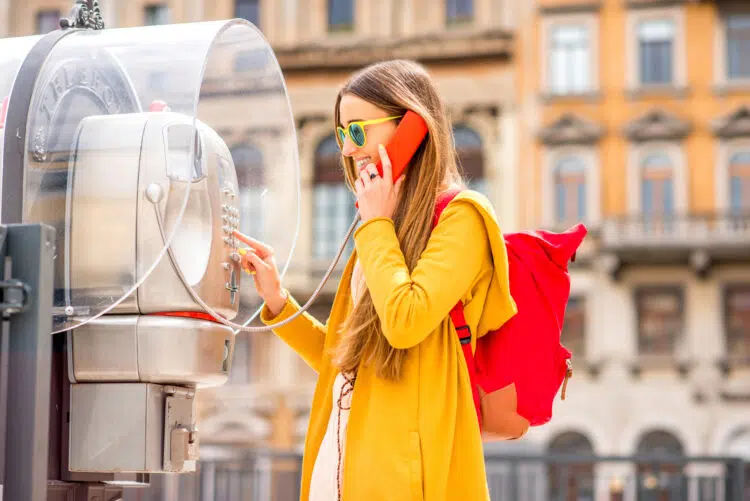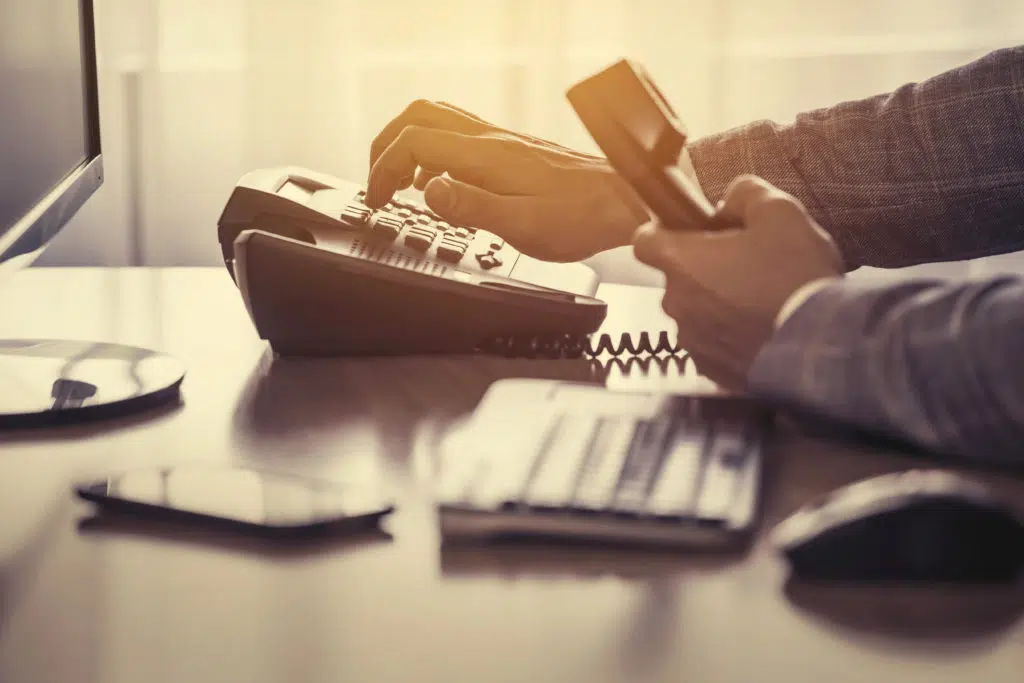Here’s what +1 in front of a phone number means:
The +1 in front of a number refers to the country code of the dialer.
Every country has a country code (plenty of countries share codes, like the United States and Canada).
When someone calls you, you can see their entire phone number, and that will include the code for the country they are calling from.
So if you want to learn all about why North America uses +1 in front of a phone number, then this article is for you.
Let’s get into it!
- Access Old Phone Number: How to?
- Spelling Out Phone Number on Craigslist: Why?
- Deleting Number From Someone Else’s Phone: How to?
- Getting Old Phone Number Back: How to?
- Uber Mobile Number: Not Supported?

What Is a Country Code in a Phone Number?

Country codes are used by international telephone routing to allow people in different countries and continents to communicate with each other.
In order to call someone, the phone number is used to route the communication stream between you and the person you dial.
When we’re talking about global phone calls, that’s a massive, complicated system.
So, phone codes have to be complicated enough to create unique codes for each user.
When country codes are added to area codes and seven-digit numbers (or different numbers used in some countries), the result is a system that can handle global calling.
The country code, specifically, usually has a “+” in front of it, and it is the number that has to be dialed before an area code to complete an international call.
As far as +1 goes, this is the official country code for the North American region.
That name can be misleading.
More specifically, +1 covers the United States (including all U.S. territories like Guam), Canada, and the majority of Caribbean nations.
The +1 code does not cover mainland North American countries from Mexico and farther south.
For American nations outside of the +1 zone, they can all be found in Zone 6.
Each country has its own country code, and they all begin with a 5.
What Is the International Telecommunication Union Standard?

Country codes are regulated by the International Telecommunication Union (ITU).
This group was founded in 1865 and is headquartered in Switzerland.
The ITU is responsible for organizing country codes so that every country that connects to global telephone lines and networks can properly route calls to and from the rest of the world.
The ITU was originally established to connect telegraph lines.
When telephone communication started to replace telegraphs, it only seemed natural for the ITU to helm the transition and moderate phone lines.
What Is International Subscriber Dialing?

When it comes to country codes, the ITU created what is known as International Subscriber Dialing.
When telephone systems began to allow people to dial each other individually, instead of calling an operator to be connected, the subscriber dialing system was created to make it consistent.
To be specific, this setup is used to call someone in another country via direct means.
So, when you use a country code, you are invoking international subscriber dialing and using the convention in order to reach someone in another country.
When Do You Use Country Codes?

Now that you know more about country codes, when are they really used?
Do you have to dial a country code to call from the U.S. to Canada?
This can feel a little confusing, but you need to use a country code every time you dial long distance.
Even if you’re dialing inside your own state or country, if you’re calling a different area code (or if you always have to use an area code), the phone system also needs to know the correct country code.
For phone users in the United States and Canada, this might not sound right.
You can dial just the area code and phone number, and you will be corrected.
That’s not technically true.
Modern smartphones that are coded for those two countries automatically fill in the +1 unless a different country code is dialed.
In other words, every time you dial an area code, you are invoking the international subscriber dialing system, and the country code is needed.
How Do You Use Country Codes?

But, if you have never called another country, this might seem unfamiliar.
In order to call from one country code region to another, you also have to dial an exit code.
Otherwise, the system will assume you want to stay inside of the same country code region, and that will be filled in automatically (for digital phones designed to do so).
Here’s how it works.
First, you have to dial the exit code. For the U.S. and Canada, that is 011.
Then, you dial the country code. After that, put in the country code.
Finally, you can dial the local phone number.
When you put it all together, it will be one very long phone number, but the system will know how to route the call.
As another example, if a call is placed between the U.S. and Canada, no exit code is needed.
The country code is still used (+1), but you don’t need an exit code.
That’s because the call is not leaving the +1 region.
Why Does North America Use +1 in Front of a Phone Number?

Ok. So, why is +1 designated for parts of North America?
That likely stems from the fact that telephones were invented and developed in North America.
As they caught on and telephones were added in other countries and continents, the developers in North America designated their own region as +1.
The convention caught on, and it never really changed after that.
Finding the Right Country Code
If you need to place an international call, you might want to look up the country code.
You will also need to look up the exit code for your region.
There are too many to list here, so instead, here is a comprehensive link.
As long as you follow the instructions prescribed above, you will be able to call any number in the world that is on the international system.
Keep in mind that some countries do not connect their phone lines to international systems.
There are also specific numbers or locations that can be kept private or inaccessible from certain caller locations.
The entire system is rather complicated, but if you know a number you want to call, there’s a good chance it can be reached when you use country codes correctly.

